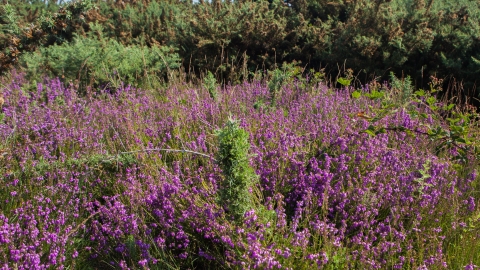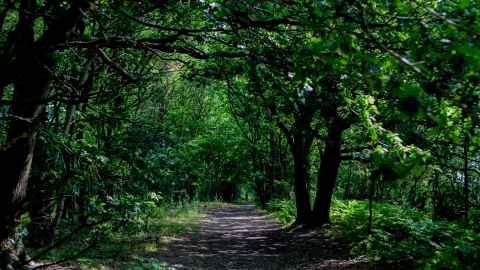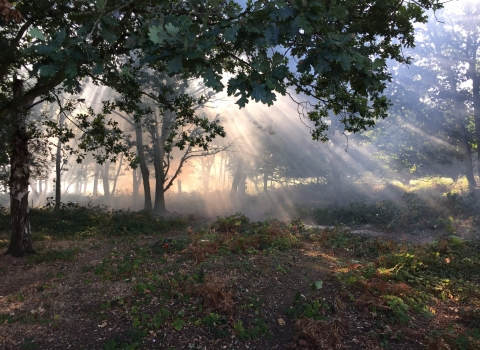
Peter Bowden

Peter Bowden
Tiptree Heath Nature Reserve
Know before you go
Dogs
Please keep dogs on leads near livestock
When to visit
Opening times
Accessible at all timesBest time to visit
All year roundAbout the reserve
The common was first recorded in 1401, when it would have been possible to walk on heathland all the way from Colchester to Maldon. Now all that remains is Tiptree Heath, where the three species of Heather – Ling, Cross-leaved and Bell have been allowed to flourish. Visit in spring to see these beautifully coloured and dainty flowers all around the nature reserve. There are a number of lovely walks around the reserve and in spring and summer it is often possible to hear the wonderful song of a Nightingale or the famous call of the Cuckoo.
It is the only place in Essex where you can see Allseed and Chaffweed plants and the habitat also supports endangered mammals like the Dormouse. Look out for other unusual visitors such as a secretive Woodcock, the bright yellow of a Yellowhammer or even a Grass Snake basking in the sun.
The land has been grazed over the centuries by cows, sheep and ponies, which also helps the heathland by controlling invasive scrub species. Heathland requires constant care, therefore these traditional methods are still used today with a herd of Dexter cattle and our Exmoor Ponies visiting this reserve during the summer to help us sustainably manage it.
Species
Contact us
Environmental designation

Did you know?
In the mid 20th century, the common land laws were suspended and the site was ploughed up for agriculture. However, it produced only poor crops and in 1955 was sown with grass seed and left to look after itself. The result was that some of it turned into light woodland and scrub, but on large areas the heathland plants re-appeared
